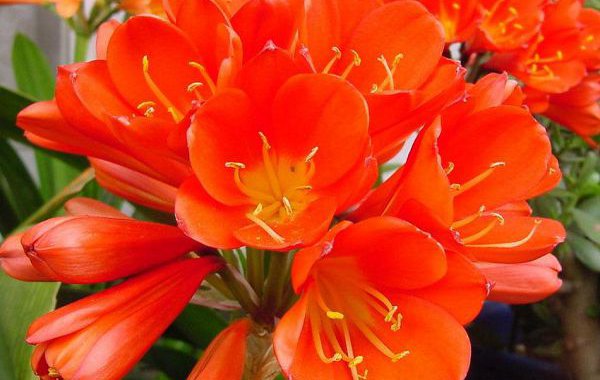How to prepare the nutritive soil for the cultivation of Cymbidium

Cymbidium is a perennial fleshy root herb. The cultivated soil requires maturity, looseness, water and air permeability, water and fertilizer conservation, rich nutrition, no harmful substances, pathogen and insect pests, slightly acidic and pH 6-7. However, no soil can meet these conditions at the same time. This requires the use of a variety of materials, according to a certain proportion, to prepare a gentleman orchid culture soil for cultivation.
At present, the main materials suitable for preparing the culture soil of Cymbidium are:
① rotten leaf soil. Including broad-leaved soil and coniferous soil. The texture is loose and breathable, rich in organic matter, acidic or slightly acidic.
② pastoral soil. The fertility is higher and the structure of aggregates is better, but the surface layer is easy to harden and the air permeability is poor.
③ peat or peat. Rich in organic matter, light and loose, permeable and diuretic, water and fertilizer, acidic.
④ mud. Loose and light, breathable and diuresis, fertilizer and water conservation.
⑤ pond mud. The texture is hard and has good ability to resist drought and flood.
⑥ slag. Light, loose, porous, containing phosphorus and potassium nutrients, easy to collect, suitable for bean size.
⑦ river sand. Pure texture, smooth drainage, neutral, the size of sorghum and millet is suitable.
According to the soil requirements of Cymbidium and the properties of the above materials (recommended reading: how to select the raw materials for the preparation of Cymbidium nutrient soil), several preparation methods of Cymbidium culture soil are recommended below for reference and selection by Cymbidium growers:
① rotten leaf soil 8 parts, slag 1, river sand 1 respectively.
4 portions of ② on pastoral soil, 4 portions of rotten leaves, 2 portions of slag or river sand.
6 parts of ③ peat soil, 2 parts of river sand and 2 parts of slag.
There were 4 ④ mountain mud, 4 rotten leaf soil and 2 river sand.
4 parts of ⑤ pond mud, 4 parts of rotten leaf soil, 2 parts of slag or river sand or 1 part each.
After several kinds of materials are mixed evenly, they are sterilized and killed by steaming or stir-frying, selenium and other methods, or disinfected with potassium permanganate solution, or drenched with boiling water. After drying, use a sieve or net to pass through, the top is used as the drainage layer, and the bottom is used as the cultivation soil.
- Prev

What is the problem of macula on the leaves of Cymbidium? How to prevent and cure it?
What is the problem of macula on the leaves of Cymbidium? How to prevent and cure it?
- Next

How to raise a gentleman's orchid? Cultivation techniques of Cymbidium
How to raise a gentleman's orchid? Cultivation techniques of Cymbidium
Related
- Is the orchid suitable for indoor use? Is it good for the body?
- How to prevent the empty root of orchids?
- What to do after the crab claw orchid is withered?
- Why are the leaves of orchids always yellow? Fertilizing and watering.
- Can the root of the gentleman orchid be saved if it is rotten?
- Diagnosis and treatment of cotton-blowing beetle insects in Cymbidium
- There is a way for a gentleman's orchid to rot.
- What is the most suitable temperature and humidity for the orchid?
- How to raise a gentleman's orchid? Cultivation techniques of Cymbidium
- How to prepare the nutritive soil for the cultivation of Cymbidium

